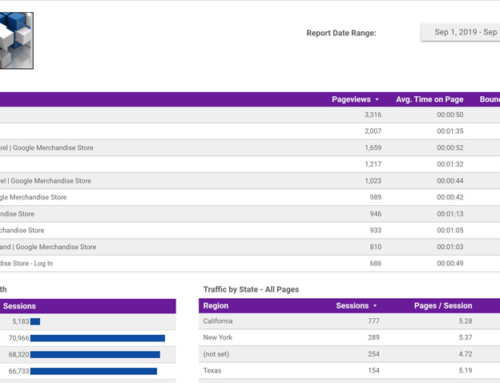 An online store is an extension of a physical location, but has special needs since it is essentially open 24×7. Also, you may never get to have a personal interaction with customers so interaction throughout must be more engaging and detailed. Choosing the right ecommerce platform can make or break an online store.
An online store is an extension of a physical location, but has special needs since it is essentially open 24×7. Also, you may never get to have a personal interaction with customers so interaction throughout must be more engaging and detailed. Choosing the right ecommerce platform can make or break an online store.
Domain Name
A domain name is simply the address of your online business like the address of your physical store location and all websites must have one to be found. To find a domain name for your business, you can begin by searching on a domain registrar’s website such as GoDaddy.com and NetworkSolutions.com. Their websites provide a search box where you can enter the domain name you prefer or a portion of the domain name, and the search results will show you if a name is available as well as offering several alternatives.
Domain names must have an extension (also known as a top-level domain or TLD) such as .com, .net and .org. The list of available extensions is always growing so don’t be discouraged if you don’t find what you’re looking for. The most common extension is .com, which stands for “company”. This is a very competitive space so you may need to be creative. A list of extensions and a description of the intended usage is available on Wikipedia. Also, Hubspot has a detailed article regarding how to select a domain name and extension. We advise that businesses stick with .com, even if it means getting creative about your domain name. Multiple domains or URLs are also an option.
Web hosting or SaaS
Just like websites, online stores require a physical location of some sort, which is called a web host. Depending on the software chosen for your online store, you’ll need either a traditional web host or a Software as a Service (SaaS) provider. With traditional web hosting, you absorb some of the tasks and associated costs of setting up, configuring, securing and maintaining the software that your online store runs on. SaaS providers assume most or all the setup, configuration, security and maintenance tasks that may cost more upfront, but in the long term, this usually works out as the least expensive solution.
An example of a hosted ecommerce solution is WordPress, which started off as a blogand has expanded its capabilities to readily be used as a complete website. Add a 3rd-party extension such as WooCommerce and you now have an online store as well. Hosted websites of this type generally require quite a bit of maintenance, bug fixes and security updates. If the components used on your site are well maintained by the app/plug-in developer, your website designer can easily keep all components updated. This can help make entry costs lower; however, over time this can be offset by the maintenance requirements common with WordPress sites and plugins.
In contrast, an example of a SaaS solution is Adobe Business Catalyst, which can provide website frameworks, ecommerce, email marketing, blogs and many other solutions all in one convenient monthly or annual subscription. Adobe provides a closed, proprietary software solution in which they are responsible for maintaining and securing the core software. A web designer/developer adds web design, pages and other functionality that is specific to your business requirements.
The most important point to keep in mind always is making sure the ecommerce solution selected is the absolute best fit for your online business. As a web design/developer, I can honestly say that I have my preferences, but ultimately what matters is what works best for you and your customers.
Payment Gateways
A payment gateway is the service that is used by your website to process payments from customers. This is like the merchant account your business most likely already has in place. Many merchant services also provide online payment gateways such Authorize.net, PayPaland Stripe. When a customer purchases a product or service through your website and submits his/her credit card for payment, the payment gateway manages the routing of the transaction between the buyer, credit card company, banks and seller automatically. Authorize.net provides an outline of the process on their website at https://www.authorize.net/resources/how-payments-work/.
Unless you plan on manually processing all credit card transactions, your website will require a payment gateway account. An excellent resource for helping to select a payment gateway is available at http://ecommerce-platforms.com/ecommerce-selling-advice/choose-payment-gateway-ecommerce-store
Stay tuned for Part 2 and following segments, when we will discuss web design, marketing, SEO, promotion, professional writing and much more!









